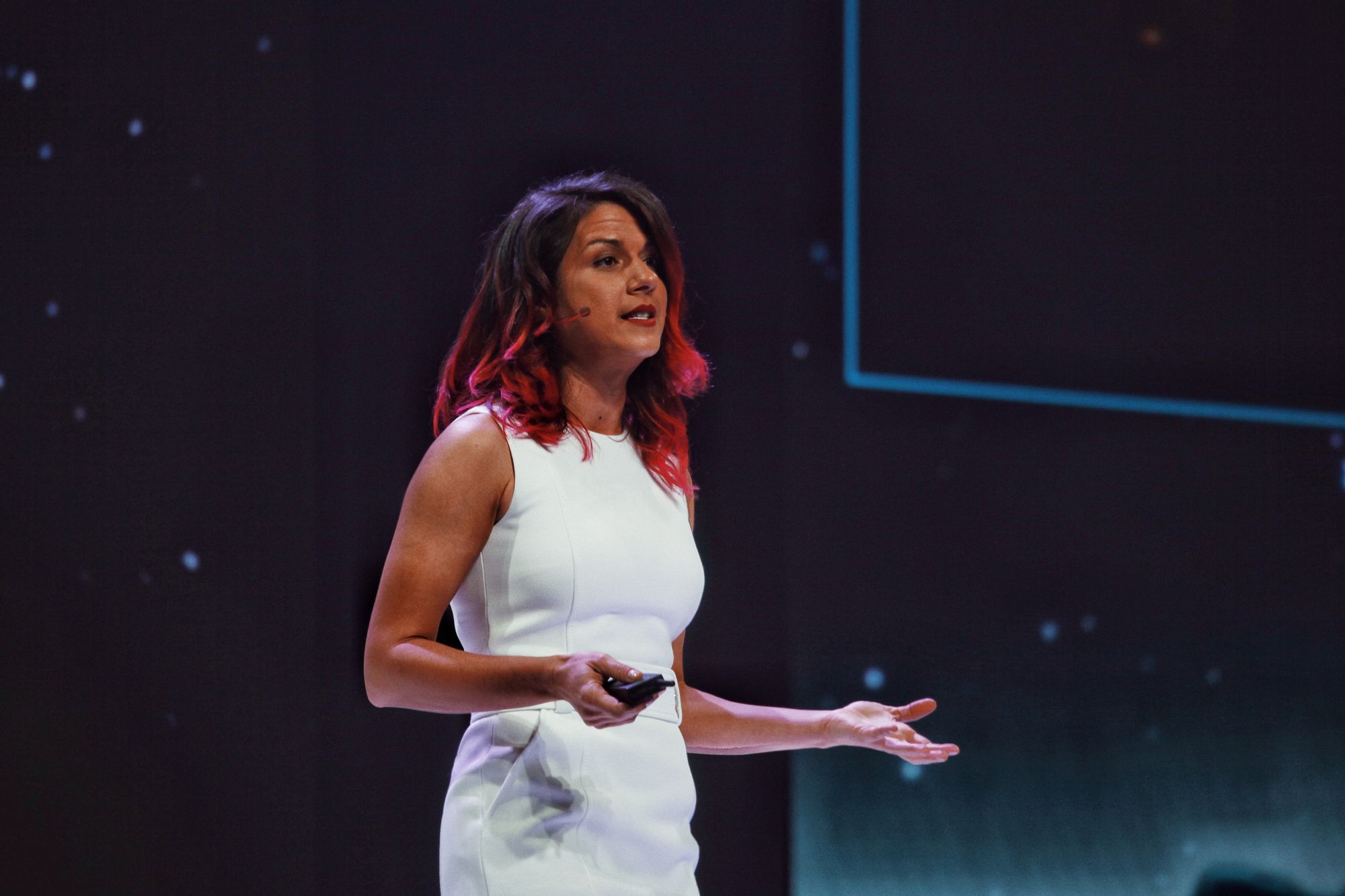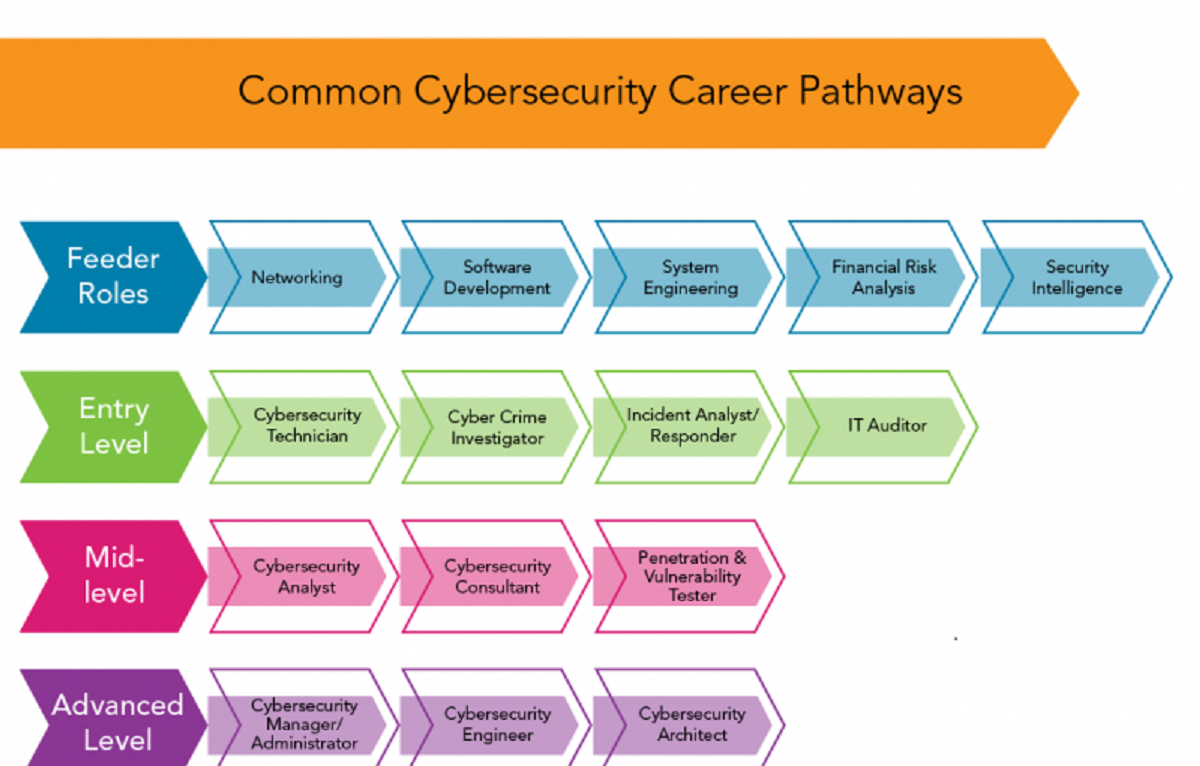In today’s digital age, the threat of cyber attacks is a constant concern for many companies. While several gaming giants, casinos, and technology companies have fallen victim to hackers in recent months, Google has managed to maintain a strong defense against these threats. Parisa Tabriz, a key figure overseeing Chrome web browser security and Project Zero at Google, sheds light on the company’s successful approach to access control, which has played a pivotal role in its security strategy.
Key Takeaway
Google’s success in staying ahead of hackers stems from its proactive approach to access control, constant investment in security, and commitment to user privacy. Through evolving infrastructure to assume potential breaches and balancing the needs of diverse user profiles, Google exemplifies effective cybersecurity practices.
Access Control: Mitigating the Risk
Tabriz emphasizes that Google is constantly evolving its infrastructure to anticipate potential hacks, even by insiders. Google assumes that an employee may have been compromised and focuses on mitigating the associated risks. Access control plays a crucial role in this process. Tabriz exemplifies this by mentioning instances where she cannot assist individuals with Gmail issues simply because she lacks access herself. This strict approach to access ensures that even if an employee is compromised, the breach is contained and the overall security remains intact.
Addressing Issues Behind the Scenes
Despite Google’s relatively low profile in terms of cybersecurity incidents, Tabriz is quick to note that the company is not immune to issues. She acknowledges that behind the scenes, there are ongoing efforts to address and resolve potential vulnerabilities. This commitment to continuous improvement allows Google to maintain a robust security posture.
Challenges of User Security
Tabriz’s responsibilities extend beyond safeguarding Google’s infrastructure; she also ensures the security of Google Chrome’s vast user base, which exceeds three billion individuals. As she explains, supporting such a diverse range of users with varying threat profiles can be challenging. Certain users, like journalists, have higher threat profiles and require advanced security measures. Balancing these different user needs while maintaining simplicity and avoiding subpar software is a delicate task.
The Balance between Security and Privacy
Another challenge that Tabriz and her team face is the delicate balance between security and privacy. Google’s primary revenue source is data and advertising, which necessitates collecting user information. However, with user security in mind, Tabriz states that Google invests significant resources to prevent ads from becoming vectors for malware or introducing security risks. This focus on ensuring user safety demonstrates Google’s commitment to maintaining their mission of universal access to information while prioritizing security.
Constant Investment for Enhanced Security
Tabriz emphasizes the importance of continual investment to stay ahead of evolving threats. Looking back, she acknowledges that, if given the chance, there are improvements she would make to the architecture of Chrome. One focus area for Tabriz and her team is addressing memory safety issues, as the C++ language, while powerful, can lead to vulnerabilities. Exploring alternative languages such as Rust, which offer improved memory safety, is a priority for Google’s security initiatives.

























